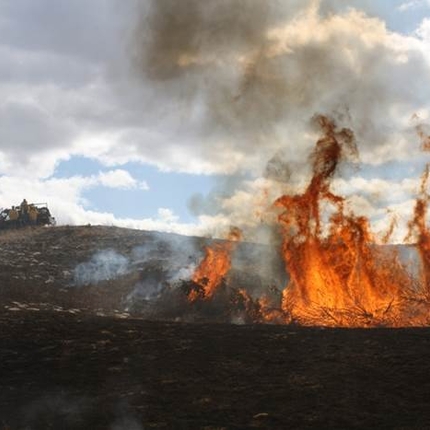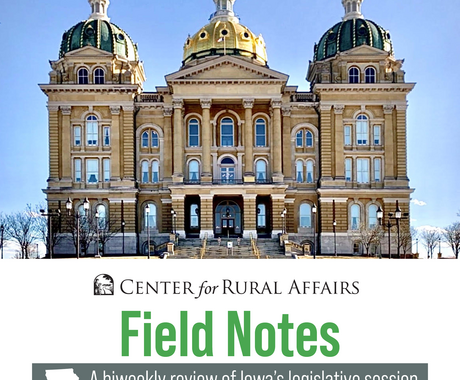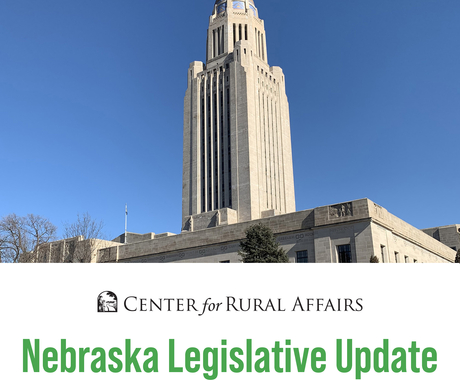By Becky Keim, former staff member
The Sandhills of Nebraska is the largest sand dune formation in the Western Hemisphere, spanning almost 20,000 square miles. In addition to its geological importance, the region also serves as home to a significant community of birds and various species at risk, and provides grazing habitat for cattle. These factors create a unique opportunity for conservation efforts designed to address priority resource concerns on area ranches while simultaneously delivering environmental and economic benefits.
Working with organizations such as United States Department of Agriculture Natural Resource Conservation Service as well as other groups, many Sandhills ranchers create win-win results that keep grazing lands productive for both cattle and wildlife.
Common conservation practices can economically benefit landowners while also benefiting the environment. Effective Conservation Stewardship Program practices include prescribed grazing and installation of cross-fencing, windbreaks, water pipelines, pumps and storage tanks to improve grazing distribution. Relevant Environmental Quality Incentives Program practices like monitoring key grazing areas, deferment of areas for wildlife, pollinator habitat areas, livestock nutrition monitoring and wildlife escapes/turtle ramps all bring shared benefit.
Highly technical information describing these conservation practices is readily available; however, it can sometimes be difficult to discern what each conservation practice entails and/or what specific benefits can be achieved through use of that conservation practice.
To assist landowners with these questions, Center for Rural Affairs staff created the “Practical Guide to Common Sandhills Conservation Practices" booklet. These materials are simple tools for landowners in the Sandhills region of Nebraska. The guide provides information on the most common conservation practices used by landowners in Nebraska’s Sandhills. It includes the general benefits of such practices for landowners, grassland birds and other species as well as available funding sources.




